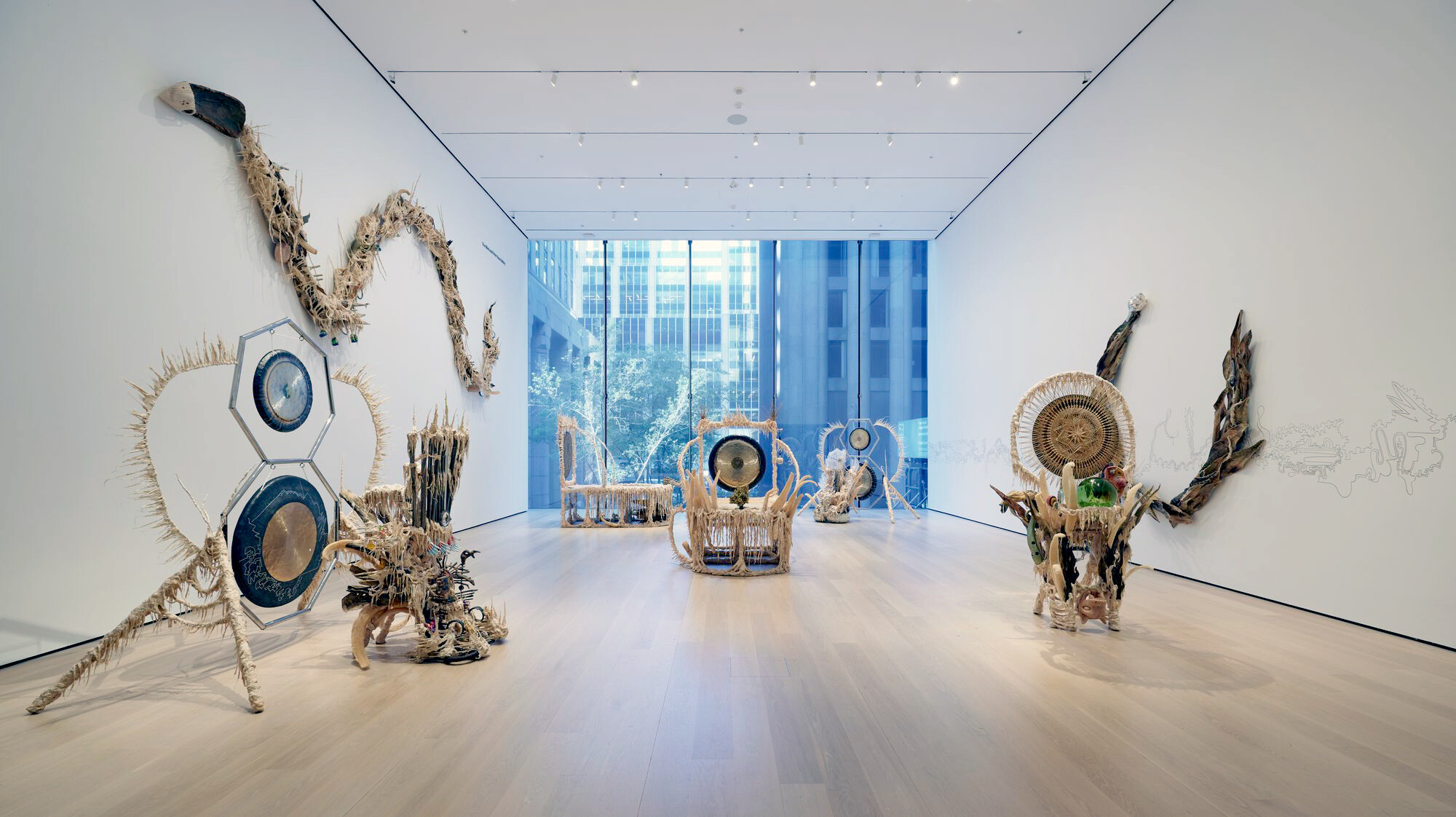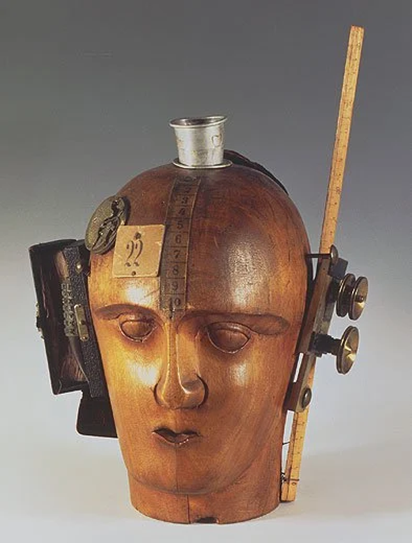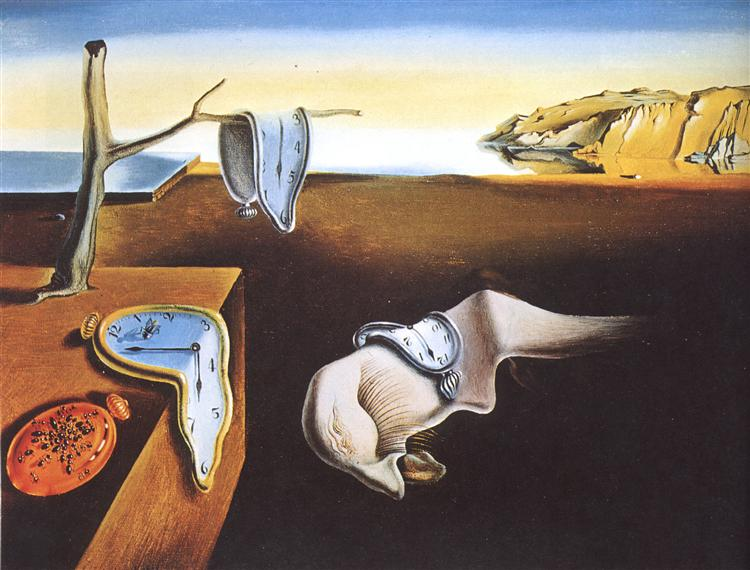I performed a virtual tour of the Museum of Modern Art (MoMA) through the organization’s website. The top part of the homepage displays a bold statement in white with a black background reading, “We look forward to seeing you!” I wish I would have visited the museum physically, but I promise to honor the invite in the future to witness and experience the art masterpiece stored in there. While scrolling down the homepage, I was amazed by the theme especially the colors. The page also strikingly displays several pictures of modern art. The left side of the homepage is written “Change Is Modern” in black with a yellow background (MoMA, n.d.-b). There are several works that have been displayed on the homepage starting with Guadalupe Maravilla’s Luz y fuerza (MoMA, n.d.-b), which is shown in figure 1 below;

The images are so captivating, it may take more time to look at every piece of artwork displayed through the website. The main aim of visiting MoMA albeit online, is to study the works of art in the DADA movement and Surrealism movement. After studying the suggested literature by Frank on the chapter of Artforms titled: “Early Twentieth Century”, I choose to search for the works by DADA (Marcel Duchamp) and Surrealism (Salvador Dali).
Marcel Duchamp (1887–1968) is an American artist born in France. He joined the Dadaist movement and is regarded as the most radical member all through the twentieth century. The DADA movement emerged out of the desire to end the end the horrors of World War I. His main approach to art involved converting mass-produced items into a form of artwork, earning the name ready-mades. MoMA lists a total of 101 exhibitions and 160 works attributable to Marcel Duchamp. Out of his many works listed on the MoMA website, my attention is attracted to the painting labelled Raoul Hausman, The Spirit of our Time that was done in 1919 (MoMA, n.d.-a). This is illustrated in figure 2 below;

The image is an expression of Raoul Hausman who anticipated the rise of artificial intelligence, mp3 players, and headset radios. It symbolizes the emptiness of the human mind due to the evolution of technology that has taken over a lot of functions initially performed by people. Marcel Duchamp evokes the desire people have to understand themselves, but are brought down by dependence on technology. He wonders whether the human actions of mass production have turned human creatures into empty-headed robots whose work is simply to receive information and transmit it without thinking about its implication.
The other category of comparable artists conglomerate under the name Surrealism movement. The movement was formed in the 1920’s in objection against the bearing of European culture. Their main contest was that modern development in science, developments, and thinking was eroding European’s consciousness. Their thinking was based on the philosophy of Sigmund Freud. One of the prominent members of the movement is Salvador Dali (1904–1989), a Spanish artist. His work was mainly based on imagery, earning the name representational surrealism. MoMA lists a total of 84 exhibition and 102 works attributable to Salvador Dali, out of which my attention is attracted to the painting labelled The Persistence of Memory that was done in 1931 (MoMA, n.d.-c), which is shown in figure 3 below. In this painting, Salvador Dalí recreated the nightmares he was experiencing in an illusionist way based on his academic understanding (MoMA, n.d.-c). The head-like painting in the foreground represents an image of misplaced humanity.

References
Frank, P. (2010). Prebles’ artforms: An introduction to the visual arts. (10th e.d.). Pearson.
MoMA. (n.d.-a). Marcel Duchamp. The Spirit of our Time, 1919| MoMA. The Museum of Modern Art. Web.
MoMA. (n.d.-b). MoMA. The Museum of Modern Art. Web.
MoMA. (n.d.-c). Salvador Dalí. The Persistence of Memory, 1931| MoMA. The Museum of Modern Art. Web.